Europe-China Forum
Next event In person & livestreamed
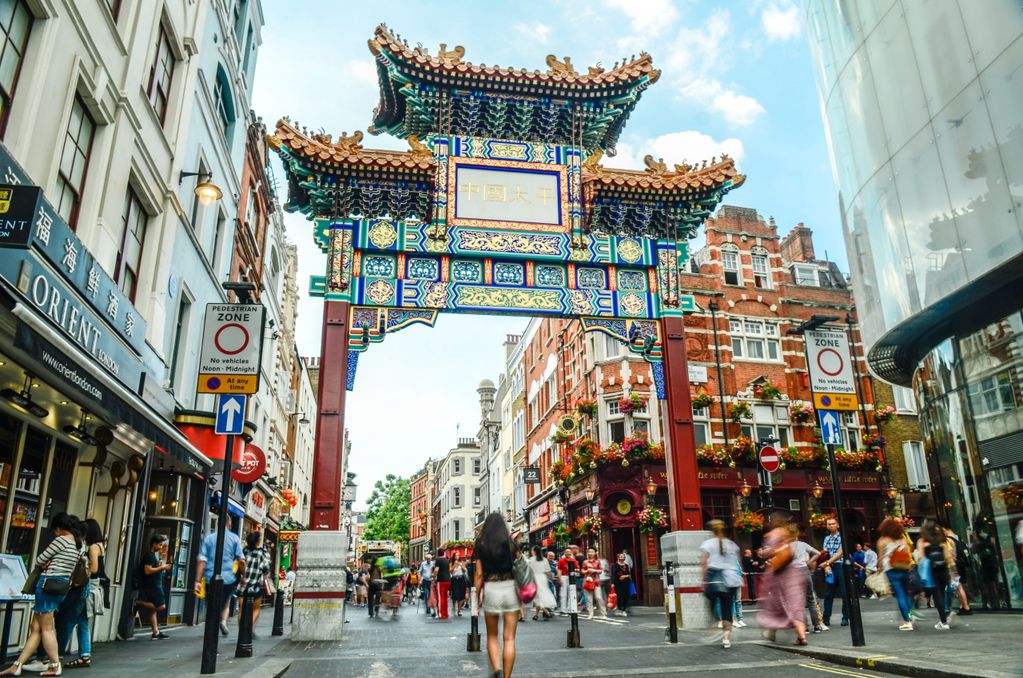
- Area of Expertise
- Global Europe
Global Europe

Deputy Director at the Institute of Asian Studies
While the most recent ASEM Summit took place less than two years ago, to many it may seem like a lifetime ago. Unlike in autumn 2016, we have now witnessed President Trump’s United States question the very foundation of the international order it has constructed and led for over seven decades. In the process, some of the greatest global challenges we face are left for others to cope with. Not only that, the US is taking steps that seem to be leading towards a trade war and a wave of protectionism – perhaps the most serious one since the 1930s. In the meantime, we are observing a continual retreat from liberal democratic standards in most parts of the world.
In this troublesome global context, the two sides of Eurasia are discussing how they can contribute. For a long time, the conventional truth has been that Europe and Asia are essential partners when it comes to globalisation and addressing many of the global challenges. Yet the cooperation has been halted by their differing perspectives. The biennial Asia-Europe Meeting demonstrates this duality well: on the one hand, it contributes greatly to bridging the gaps in mutual understanding and providing a convenient venue for exchange and policy cooperation. On the other, however, the sometimes cumbersome and non-institutionalised nature of the process underscores the lack of common denominators between the partners.
Economic and global governance issues will need to remain top priority
Politically speaking, Europe and Asia are on a divergent trajectory. Despite recent dynamics in Europe – such as Hungary and Poland with their ‘authoritarian’ drifts or Europe-wide increase in right-wing populism – the old continent remains by and large a global trend-setter when it comes to political and civic liberties. As for Asia, while never exactly a bedrock of these ideals, most of the countries in the region have seen further decreases in both.
China is tightening its political system further; Thailand is not moving persuasively towards reinstalling of the democratic rule; and the Philippines is experiencing a growing number of extrajudicial killings sanctioned by its president. Myanmar, seen by some as major hope for democracy, is now ‘officially’ consumed by domestic turmoil and in the process shatters the idea of inclusive democratic multi-ethnic society.
Under ‘normal’ circumstances, these political processes would constitute divides which would be hard to bridge. In today’s reality, however, the needs are so strong that the two sides will have to attempt to move closer to each other despite their political preferences setting them apart. And with the US retreating from world stage, Europe and Asia hardly have other options.
Economic and global governance issues will need to remain top priority. While the two regions have achieved hugely different levels when it comes to development, ASEM still strongly prefers the current open global trading system, although not excluding reforms which are called for. At the same time, member countries will want to address issues stemming not only from the current trend of anti-globalisation, but also from the globalisation itself, including the impacts of accelerating technological progress on (un)employment, pay gap, poverty reduction, and so on.
As one of the most daunting tasks when it comes to global governance, the member countries will want to move on cooperation on climate policies. There now seems to be a political will and a sense of urgency to act, although the details of the response will be a major question. Security issues might be an even harder nut to crack, but it is likely that at least on some of the issues a near-consensus can be reached – notably on North Korea and the Iran nuclear deal.
Politically speaking, Europe and Asia are on a divergent trajectory
However, the diverging political climate might undermine one of the areas in which ASEM has invested much of its effort: the unofficial contacts between Europeans and Asians. It is going to be increasingly difficult to discuss issues of media standards or the role of civil society, for example, in the current setting. From this perspective, it should be a goal that the links fostered and encouraged by ASEM will remain truly people-to-people, instead of standing as forerunners for the official government positions. The heterogeneity of opinions should also be applauded and not prevented, as they have the potential to influence mutual understanding in the most efficient ways.
When it comes to the questions of political values in particular, Europe and Asia must find a way to express their positions without undermining the much-needed cooperation. Perhaps an ‘agree to disagree’ model will have to be applied, but in any case Europe should stick to its position and communicate it consistently. Asia, for its part, should try to understand the European position. It should also understand that a deepening political divide between the two would further problematise this critically needed partnership.
This article is from Friends of Europe’s discussion paper ‘My ASEM wishlist: how Asia and Europe should really be working together’, in which we go beyond officialdom and seek out ‘unusual suspects’ – students, teachers, activists, journalists, think tankers, etc. – who consider where they would like the state of Asia-Europe relations to be by 2030 and what the two continents should do to get there.
Next event In person & livestreamed

Past event
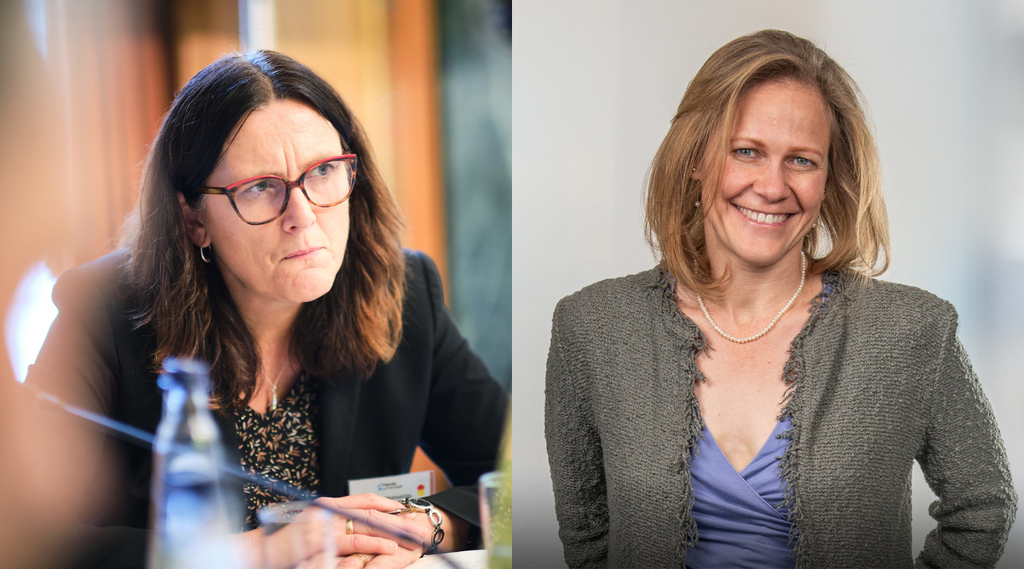
Past event Online
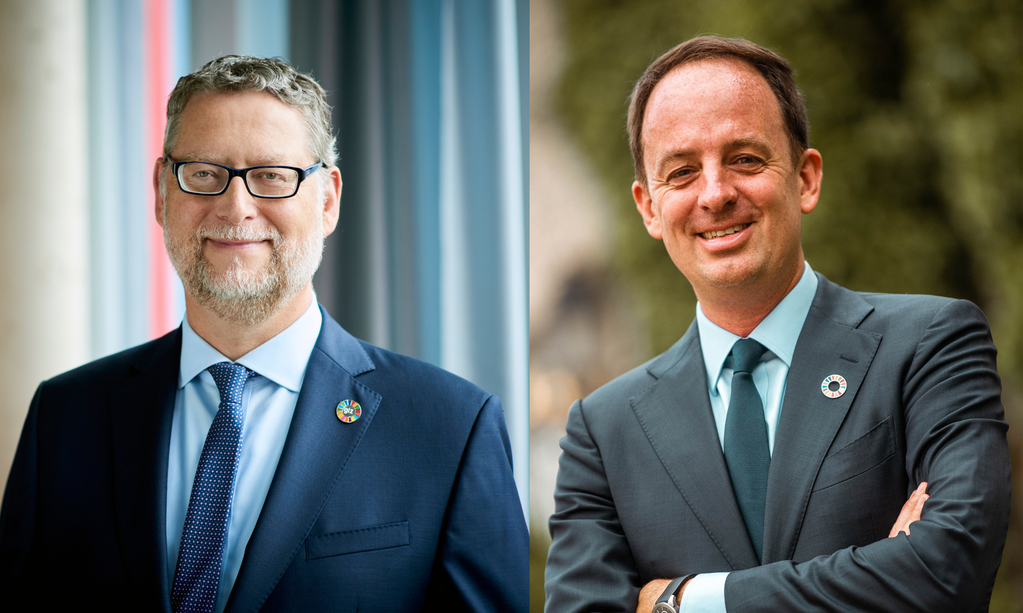
Past event IN PERSON & ONLINE

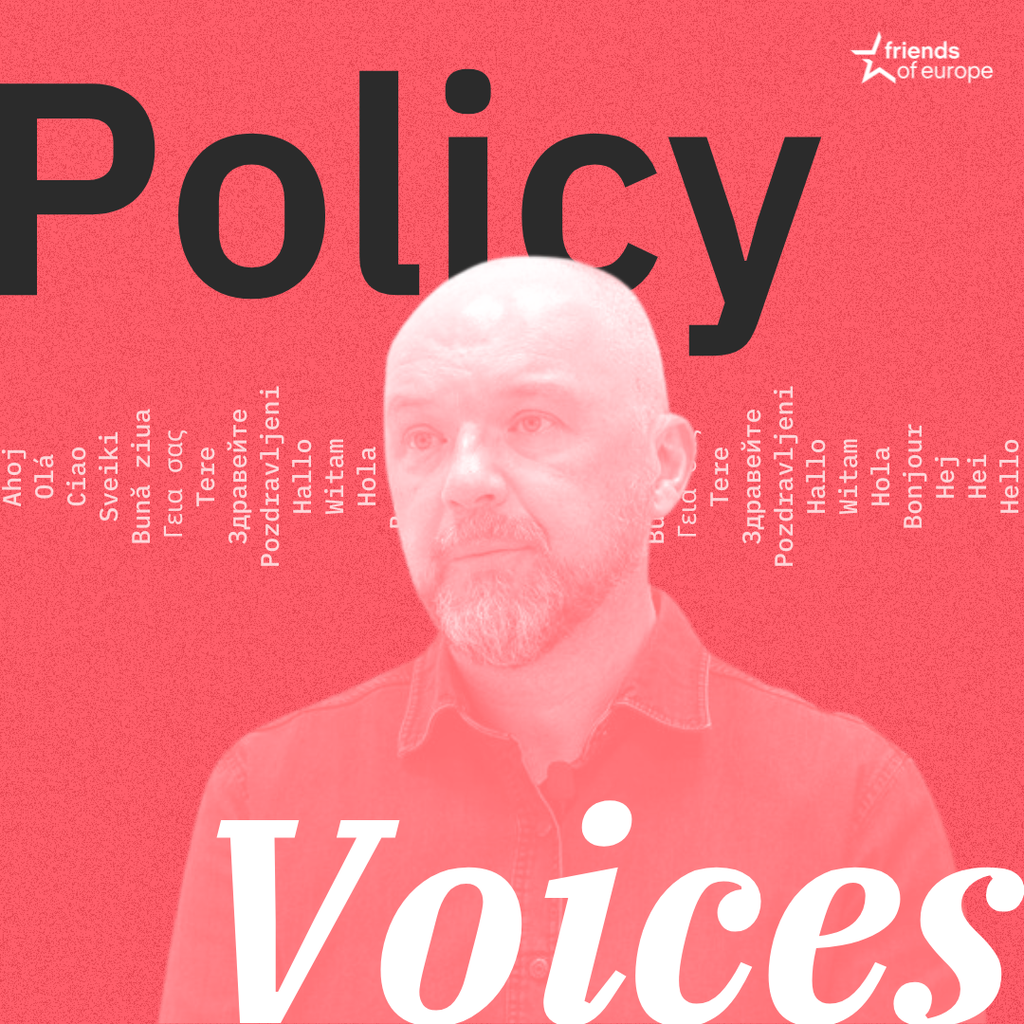
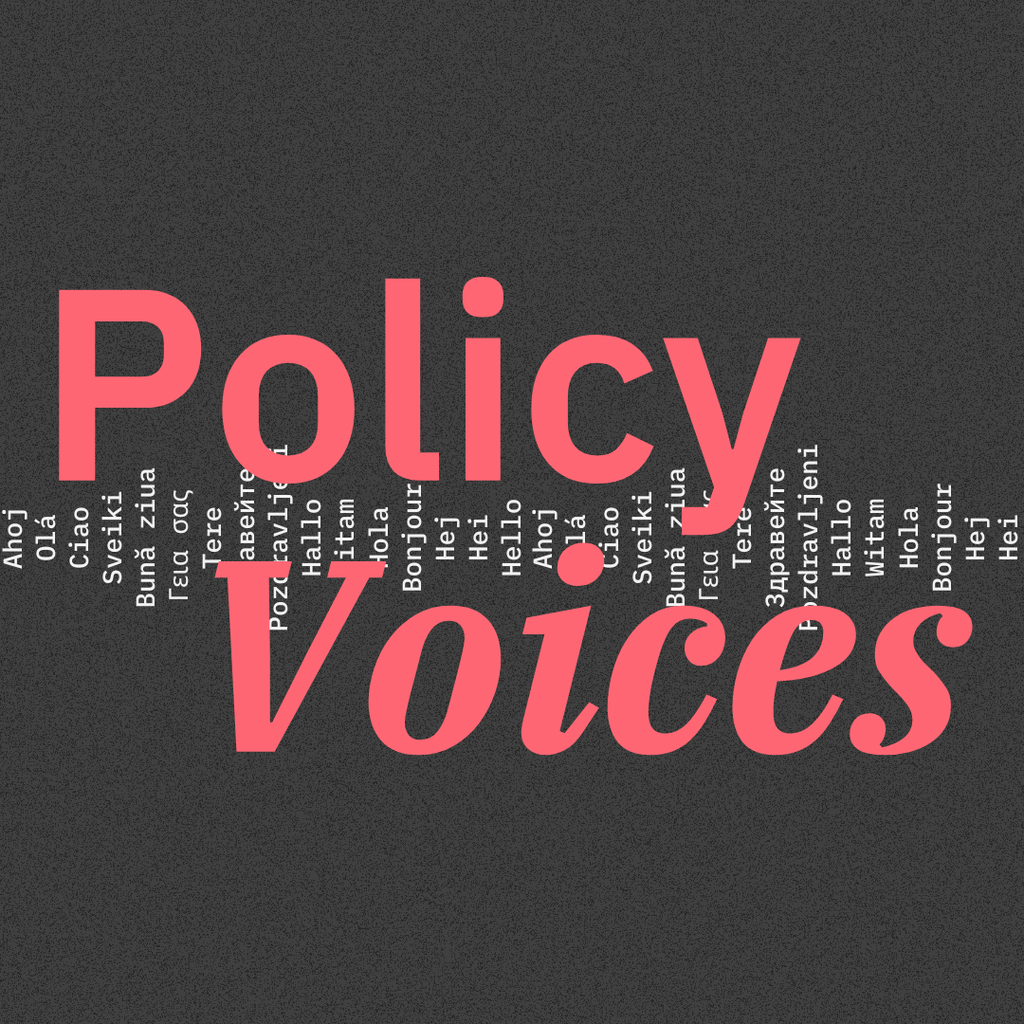
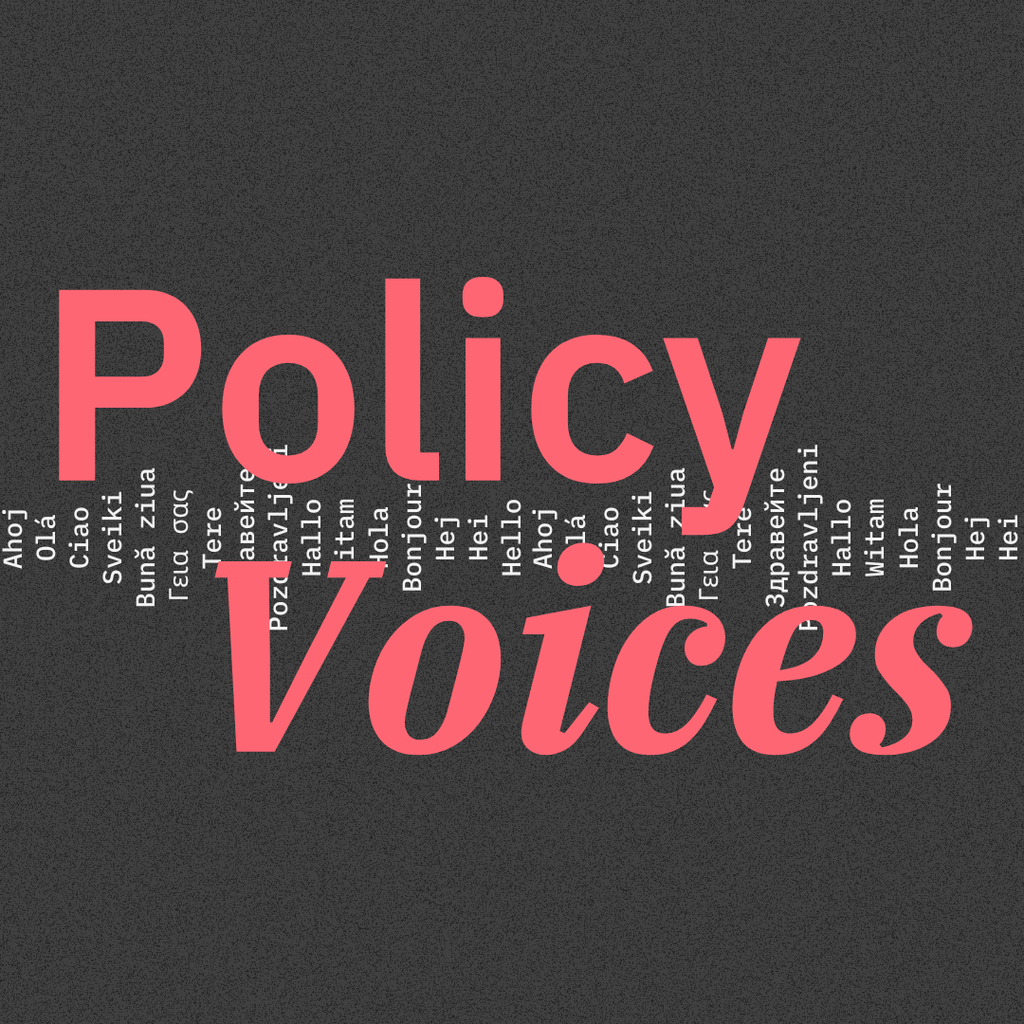

Stay informed
We use cookies and similar technologies to adjust your preferences, analyze traffic and measure the effectiveness of our campaigns. Learn more about our privacy policy.